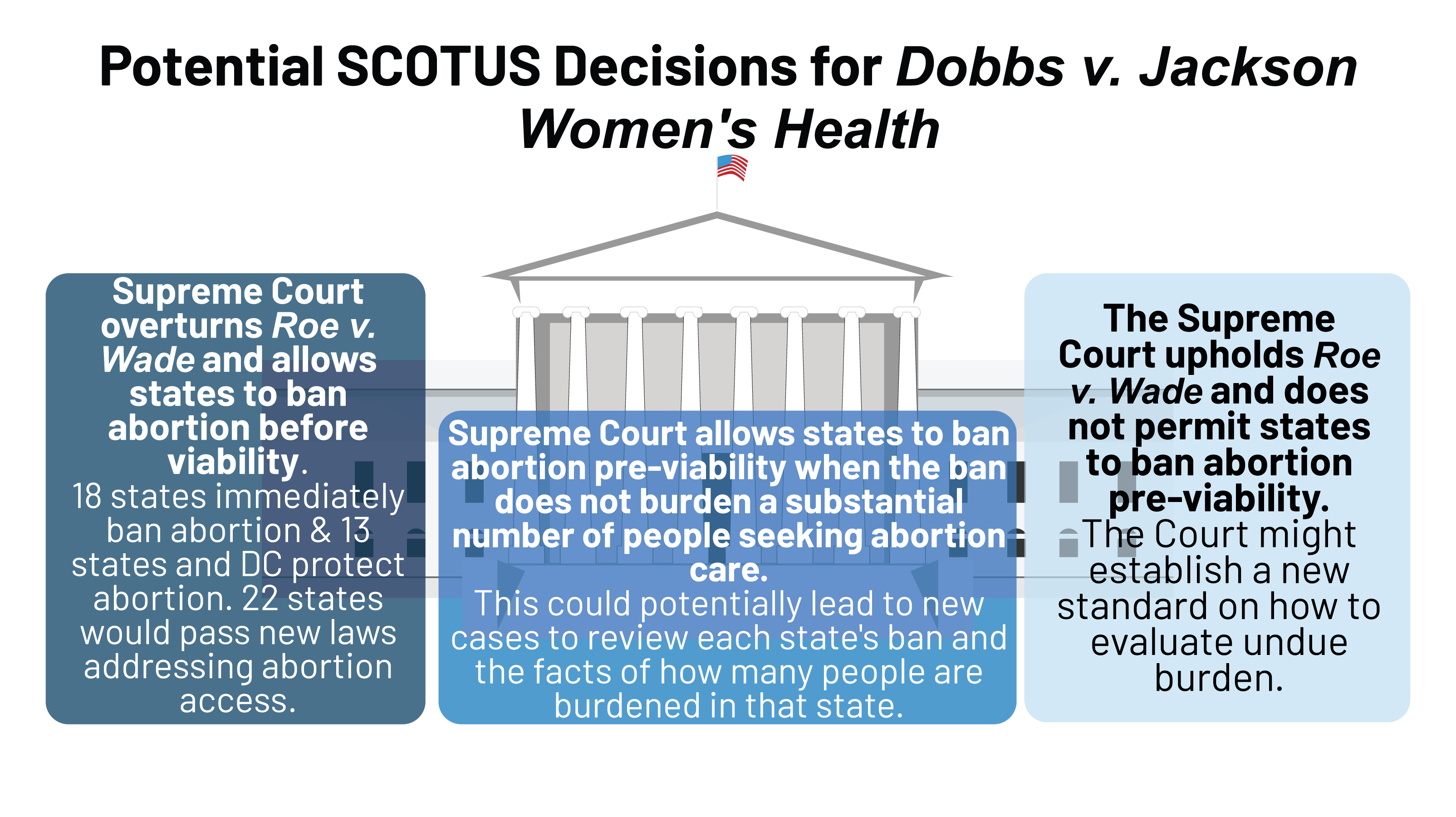The most surprising bit of data from the 2024 election

Prior to the election, many people were assuming that, given that the reversal of Roe led to an almost total ban on abortion in 14 states, young women voting for Harris because of their fears of reproductive freedom being stripped away would be a decisive factor.
Certainly there was quite a bit of anecdotal rhetoric both before and after the election, supporting that assumption, and some demographers are modeling further declines in already-low fertility rates as a consequence of Dobbs:
In the days following the U.S. election, many young women took to social media to share similar fears about what a second Trump presidency could mean for their own reproductive futures in the wake of the Supreme Court’s Dobbs decision overturning Roe v. Wade: “We wanted to have another baby soon. And now it feels wildly unsafe to even think about it,” wrote one Threads user. Posts predicting a postelection baby bust racked up tens of thousands of likes and hundreds of comments. “A week ago my partner and I were set on having children in the next 3 years. Today we discussed the possibility of never having children,” another replied. . . .
This all comes amid a year of hand-wringing over America’s falling fertility rates, which have been trending downward for the better part of two decades and hit a new low in 2023, with just 54.51 births per 1,000 women aged 15 to 44, relative to 69.3 in 2007. Notably, 2023 was also the first year to reflect the fertility effects of the Supreme Court’s Dobbs decision, after which, a 2024 research letter published in the Journal of the American Medical Association found, vasectomies and tubal ligation (a procedure that involves cutting or blocking the fallopian tubes to prevent future pregnancy) had risen abruptly among 18-to-30-year-olds. A recent review of insurance claims confirms these findings, with tubal sterilization rising in every one of the 36 states analyzed, plus Washington D.C., in the latter half of 2022.
“Post Dobbs, the public seems to have adjusted its fertility behavior, in recognition of the transformed scene,” concludes a 2024 analysis of Centers for Disease Control data from the Institute for Research on Women, Gender & Sexuality. Those adjustments range from greater vigilance around birth control and travel across state lines to access abortion care to increases in more permanent contraception procedures, like tubal ligation. All of which may help explain why, despite near-total abortion bans in 14 states and restrictions on abortion access in many more, fertility still fell across all 50 U.S. states in 2023. “Getting a tubal ligation feels like a necessary act of preservation,” said Meg Wheeler, a Massachusetts-based small-business owner and mother of a 7-year-old, in the days after the election. This recent dip suggests that curtailing reproductive rights, or signaling the possibility of further restrictions, like through Trump’s reelection, might lead to longer-term drops in U.S. fertility—even in states that have preserved abortion access.
But when it comes to the effect of all this on actual voting behavior, the available data are pretty shocking.
Percentage of women who voted for Biden in 2020 and Harris in 2024, by age cohort:
Women 65+
Biden: 52%
Harris: 53%
Women 45-64:
Biden: 56%
Harris: 49%
Nice work Gen X.
Women 30-44
Biden: 56%
Harris: 56%
And the most startling of all:
Women 18-29:
Biden: 67%
Harris: 61%
Harris actually did worse among young women, relative to Biden, than she did among older women! Harris’s support relative to Biden’s only increased among women well past their reproductive years (On the other hand these were also the only women old enough to remember the pre-Roe world).
This would seem to suggest that fundamental changes in American law, radically restricting the right to control one’s body in terms of when or whether to have children, are ultimately of remarkably little relevance to how American women vote.
I would never have predicted that, but that goes for so much of what’s happened in this country in recent years.


